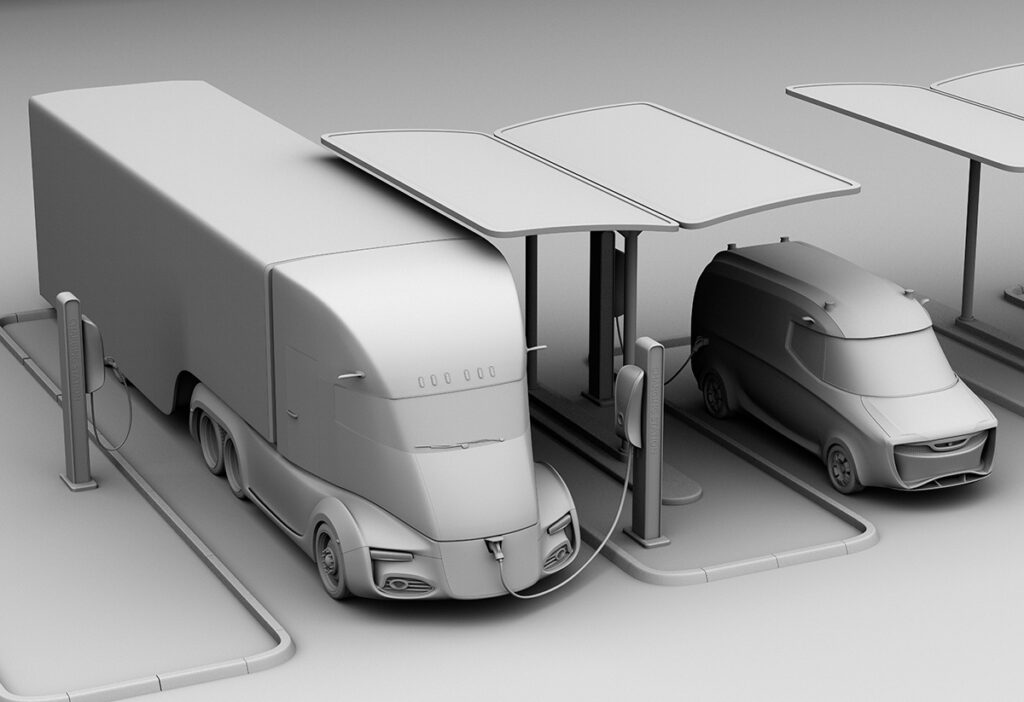New York and Massachusetts are both slated to phase out the sale of fossil passenger vehicles by 2035. The increased demand for electricity will require interconnection to high-capacity transmission lines in the next decade, according to a new study.
The Electric Highways Study, produced by the utility National Grid, in collaboration with transportation analytics organizations CALSTART, RMI, Geotab and Stable Auto, provides a blueprint for the strategic buildout of fast-charging sites along highway corridors. It’s intended to help utilities and policymakers make smarter decisions about grid interconnections and infrastructure, avoiding repeated upgrades and ensuring grid readiness does not hinder the clean energy transition.
The study examined current traffic patterns and expected charger use to forecast charging demand at 71 highway sites across New York and Massachusetts. According to the findings, in 10 years more than a quarter of the sites studied will eventually require as much power as an outdoor sports stadium, and some will require as much as a small town. Existing transmission lines, which often parallel highway routes, could provide a ready-made solution if highway charging sites can plug in to the high-voltage transmission grid.
“This kind of holistic, long-term infrastructure planning will be critical to delivering a clean energy transition as efficiently as possible,” said Brian Gemmell, COO NY Electric, National Grid. “We have a responsibility to make smart investments that get it right the first time and to make sure the electricity is there when drivers need it.”
“Our study with National Grid and partners provides the clear insights policymakers will need to support an equitable and cost-efficient buildout of fast charging at the scale needed to meet the EV adoption targets in place for New York and Massachusetts,” said Ben Mandel, Senior Director for the Northeast Region, CALSTART.
“Stable’s predictive models use millions of geospatial data points mapped with true utilization rates from thousands of chargers operating today to help understand today’s demand and how it will grow,” says Stable co-founder and CEO Rohan Puri. “Forecasting future power needs informs planning and allows for the strategic deployment of charging infrastructure while maintaining a strong electric grid.”
Source: National Grid







































































